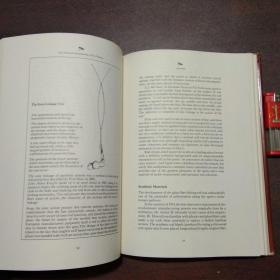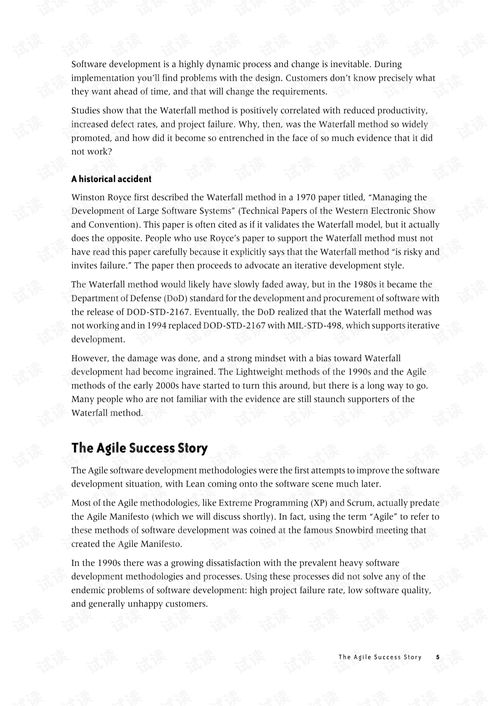Introduction:
Fly fishing, an ancient and revered sport, requires not only a keen eye and a steady hand but also a deep understanding of the intricacies involved in tuning your equipment. One of the most crucial aspects of fly fishing is learning how to properly adjust your float, often referred to as "tuning the漂." In this article, we delve into the art of tuning your float with expert tips and present a comprehensive video guide to help you master this essential skill.
Understanding the Float:
Before we dive into the nitty-gritty of tuning your float, it's important to understand its purpose. The float, or "b bobber," is a key component in fly fishing that helps you detect when a fish has taken the bait. It floats on the water's surface and moves with the current, signaling when a fish has bitten by submerging beneath the surface.
Key Components of a Float:
- Body: The main part of the float that sits on the water's surface.
- Butt: The part of the float that connects to the fishing line.
- Shank: The narrow, slender part of the float that extends from the butt.
- Tip: The topmost part of the float that is most sensitive to movement.
Tuning Your Float:
Selecting the Right Float:
The first step in tuning your float is choosing the right one for your fishing conditions. Consider the following factors:
- Water Conditions: Choose a float that is appropriate for the water's depth and flow.
- Fish Size: Larger fish may require a more buoyant float, while smaller fish can be caught with a lighter float.
- Bait Type: The type of bait you're using will also influence your float choice.
Adjusting the Weight:
The weight of your float is crucial for maintaining the desired depth. Here's how to adjust it:
- Attach the Float: Thread the float onto your fishing line, ensuring it's securely fastened.
- Add Weight: Attach a weight to the line below the float. The weight should be enough to keep the float afloat but not so heavy that it sinks the bait too quickly.
- Adjustment: Experiment with different weights until you find the perfect balance.
Balancing the Float:
Balancing the float is essential for detecting subtle movements. Follow these steps:

- Find the Center of Gravity: Hold the float horizontally and find the center of gravity. This is where the float will be most sensitive to movements.
- Adjust the Balance: If the float tips to one side, add weight to the opposite side. If it tips to the other side, add weight to the same side.
Fine-Tuning the Float:
Once you have the basic setup, it's time to fine-tune your float:
- Sensitivity: Adjust the float so that it is sensitive enough to detect even the smallest movements but not so sensitive that it moves excessively in the wind.
- Buoyancy: Ensure the float is buoyant enough to stay afloat but not so buoyant that it bobs around too much.
Expert Tips from a Video Guide:
To help you master the art of tuning your float, we've compiled a comprehensive video guide featuring expert fly fishing tips. Here are some key points covered in the video:
- Choosing the Right Float for Different Conditions
- How to Attach and Adjust Weights
- Balancing the Float for Maximum Sensitivity
- Common Mistakes to Avoid
Conclusion:
Tuning your float is an essential skill in fly fishing that can make the difference between a successful catch and a frustrating day on the water. By following these expert tips and utilizing the comprehensive video guide, you'll be well on your way to mastering the art of tuning your float. Happy fishing!












